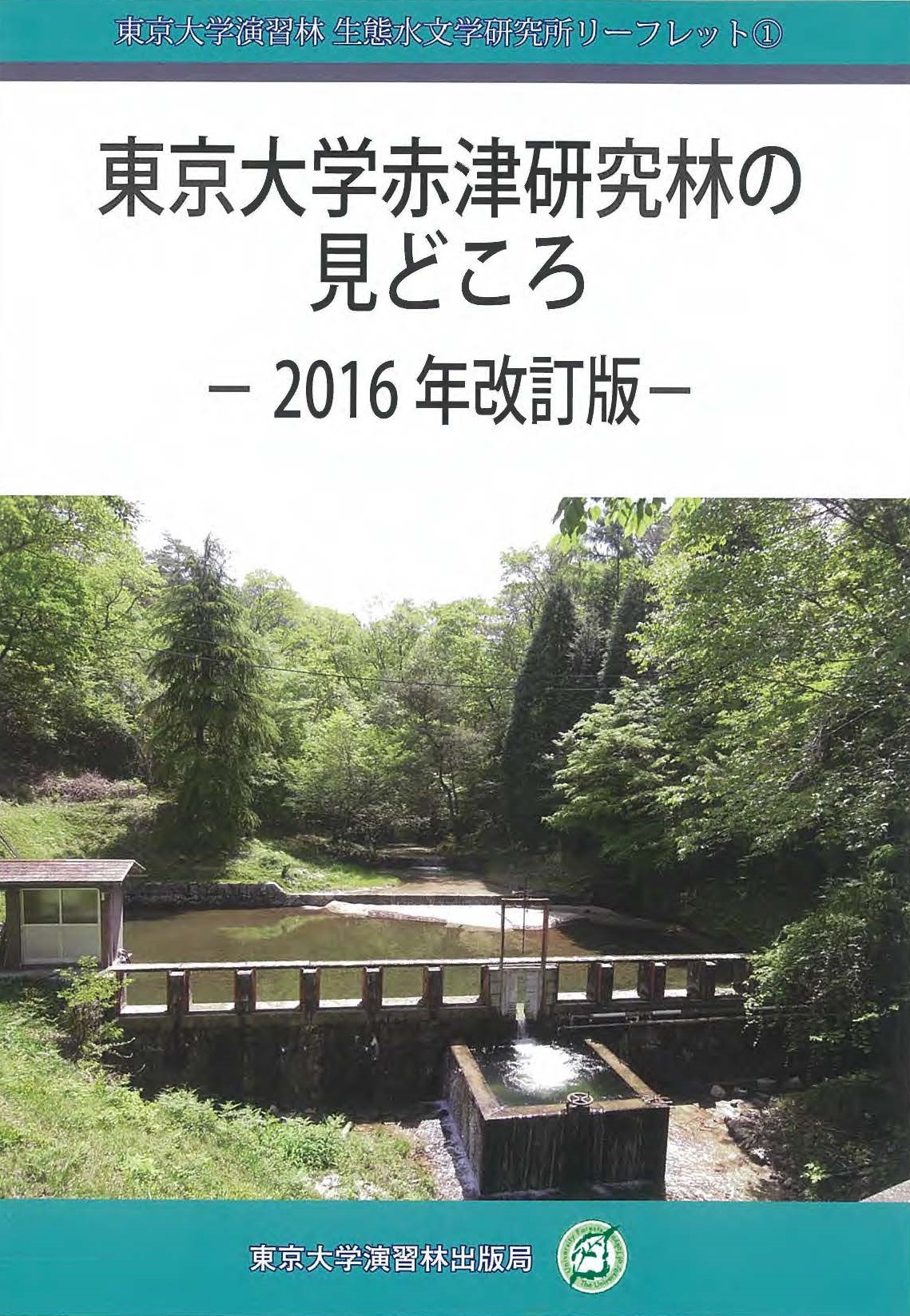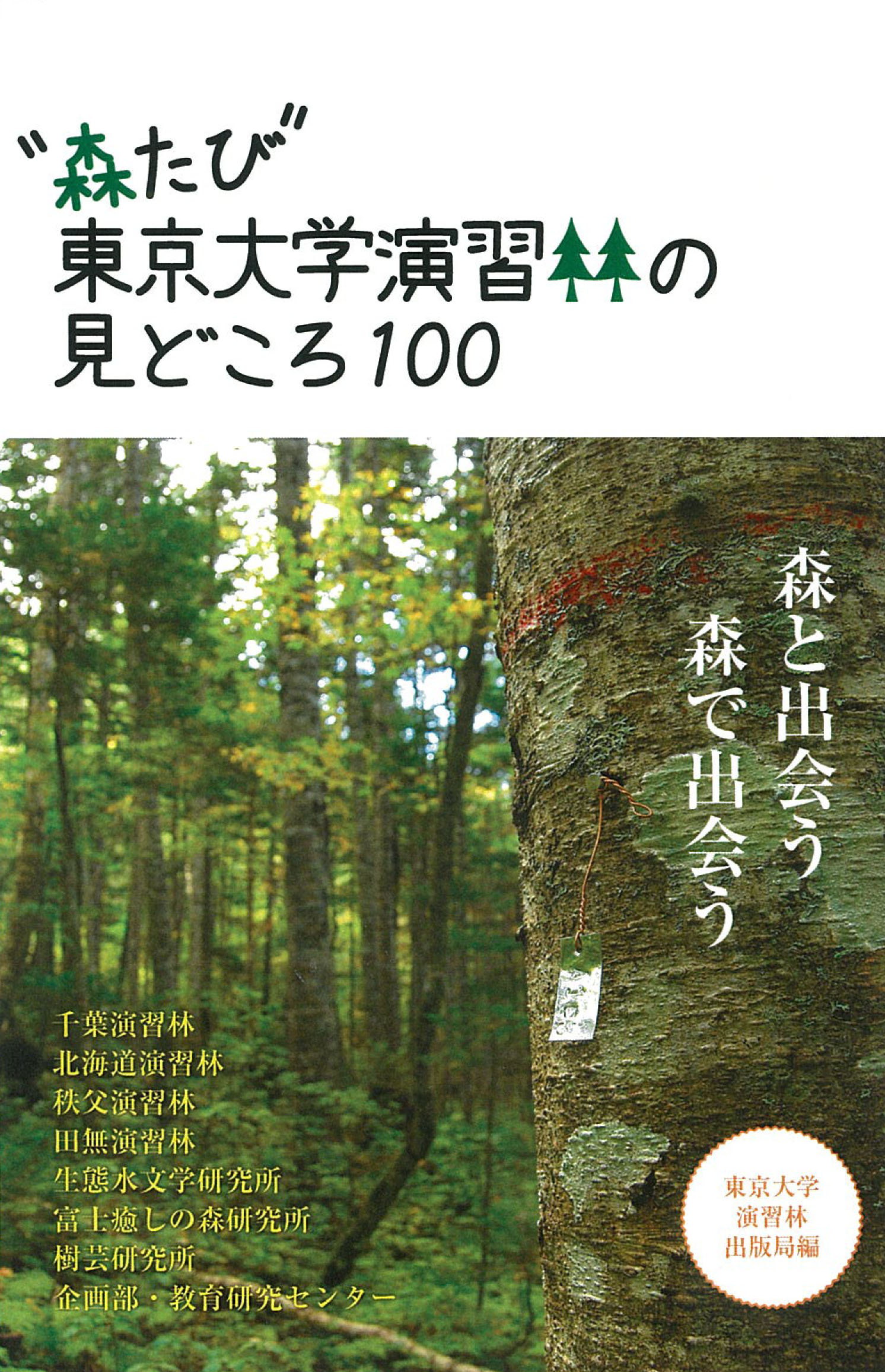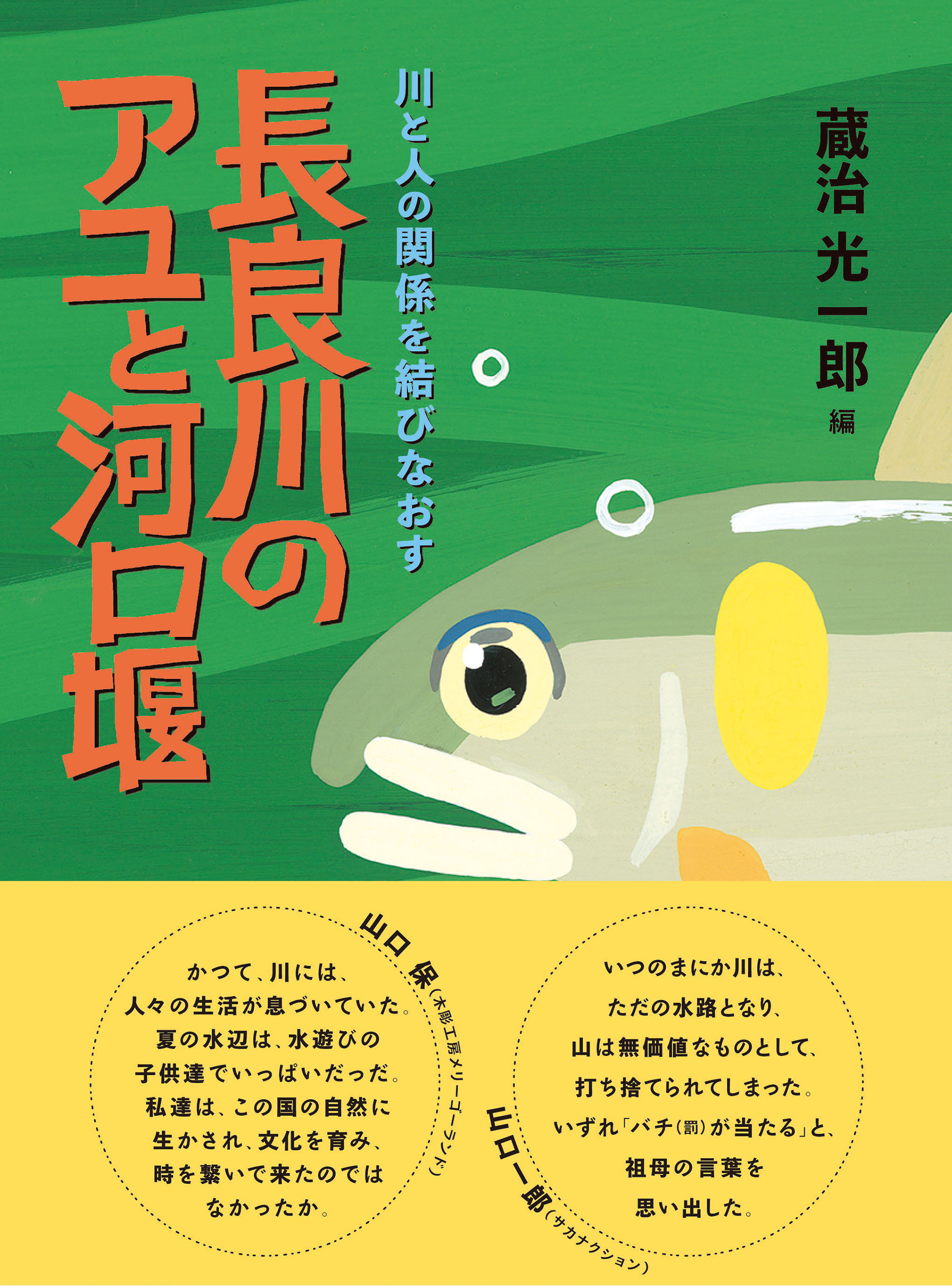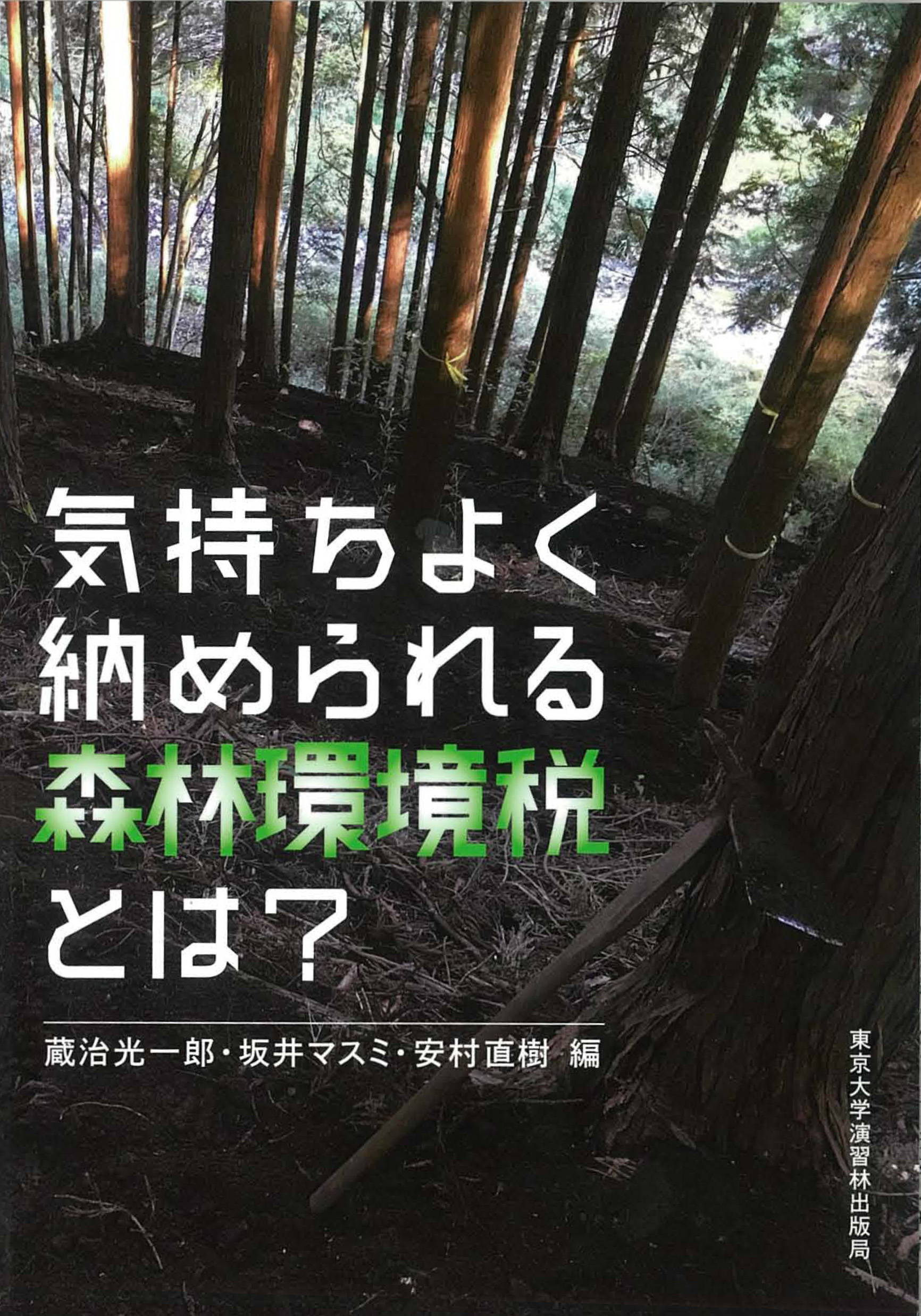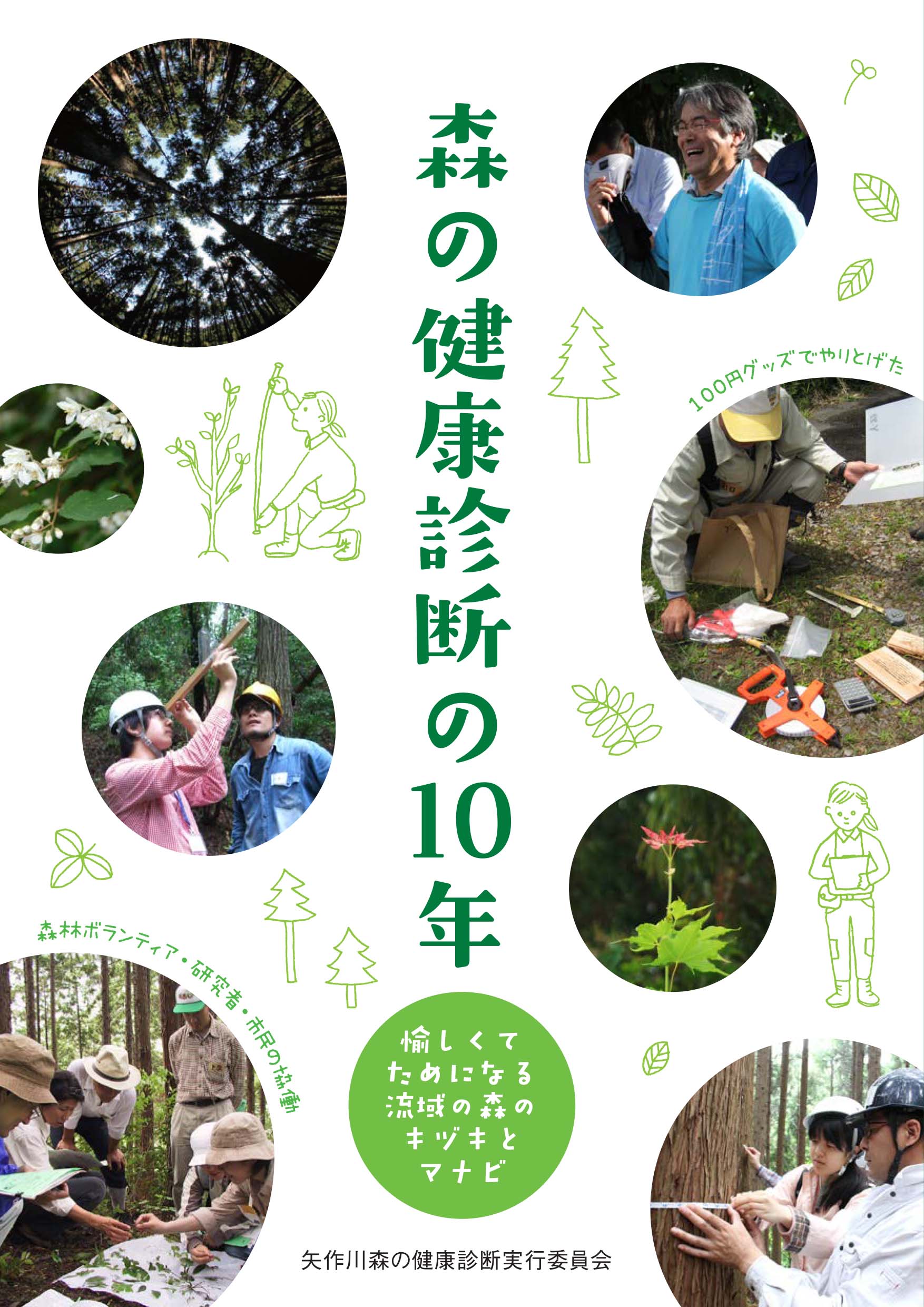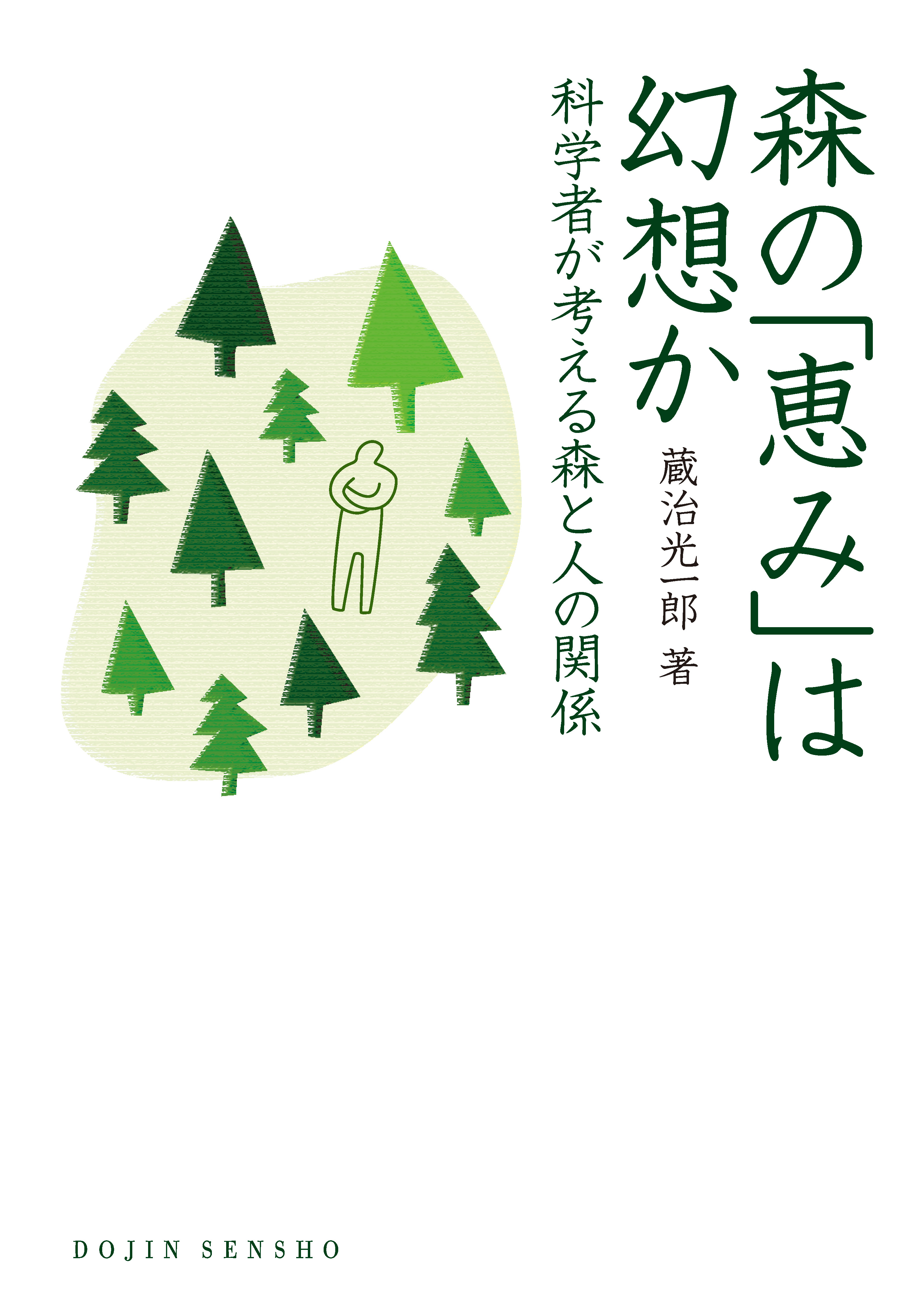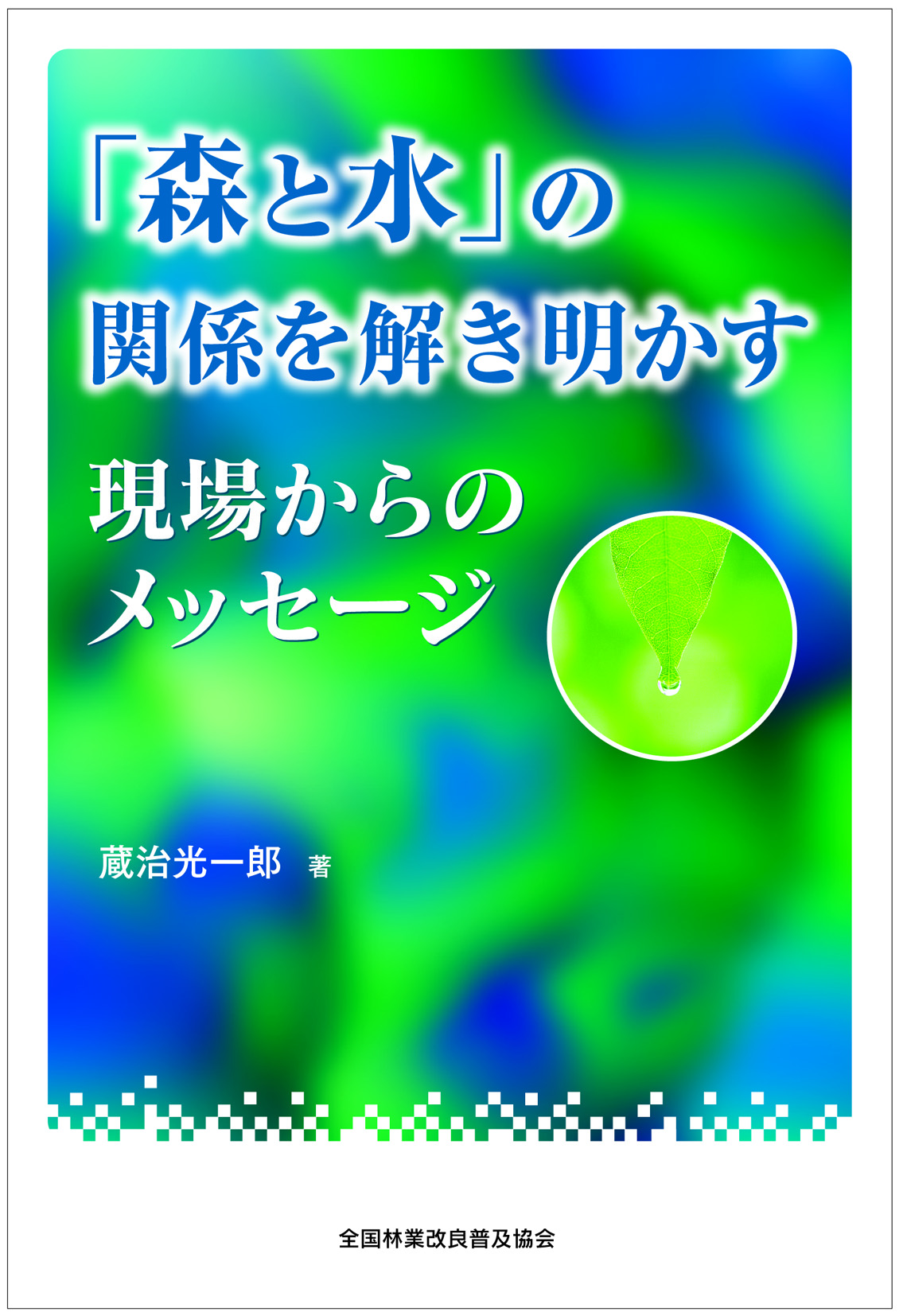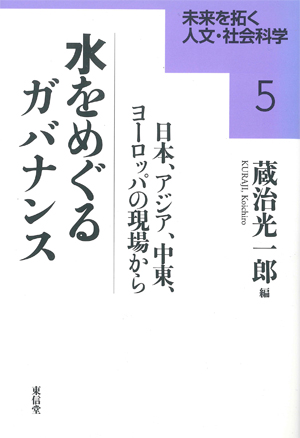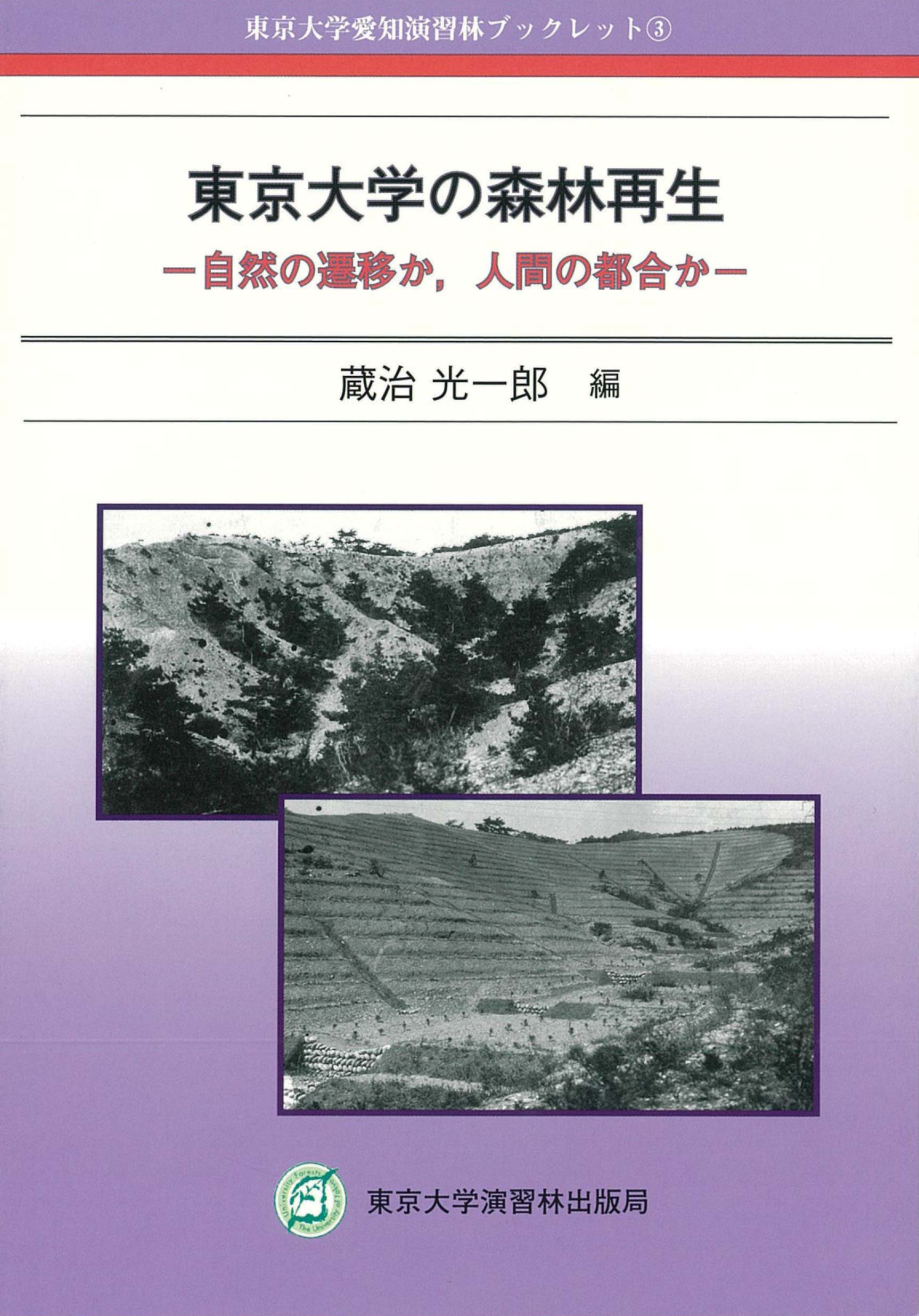
Title
University Forest in Aichi Booklet Series Tōkyō Daigaku no shinrin saisei (The University of Tokyo’s Reforestation Activities - Natural Forest Succession or Human Convenience?)
Size
126 pages, A5 format
Language
Japanese
Released
January 30, 2011
ISBN
978-4-903321-11-0
Published by
The University of Tokyo Forests Press
Book Info
See Book Availability at Library
Japanese Page
The University of Tokyo has many faculty, staff, and students actively engaged in reforestation research, education, and fieldwork in Japan and abroad. This book focuses on the University of Tokyo Forests (UTF), experimental forests affiliated with the University of Tokyo’s Graduate School of Agricultural and Life Sciences, traces the history of Japan’s experimental forests from their inception at the turn of the century, and introduces ongoing discussions on the future directions expected of rejuvenated forests.
What comes to mind when you hear of a university experimental forest? Some may picture a dark forest deep in the mountains while others may envision neatly planted rows of cedar and cypress. Still others may think of the forestry industry and the cutting of trees to be made into lumber. There are some experimental forests, however, that were created for unique reasons.
The University of Tokyo Aichi Forests (UTAF) (the name was changed to Ecohydrology Research Institute in 2011) taken up by this book are among these. The UTAF were created on hills made barren by excessive human use for the express purpose of carrying out research and education on the technology of reforestation carried out by human hands.
As you can see from the cover photo of this book, abandoned hillsides shorn of their trees are prone to heavy landslides with every rain which in turn cause major flooding further downstream. Much has been done over the years to rectify this situation with forest planting and improvement, as well as civil engineering work for erosion control, and today the hills are starting to regain their former green cover.
There is renewed interest in recent years in satoyama, cultivated forestland bordering country hamlets, and in forest areas surrounding urban suburbs. Some argue that satoyama landscapes need to be well-tended if they, and the precious wildlife that live there, are to be preserved and protected. This is true to an extent, but it must also be kept in mind that it is we humans who completely destroyed the original forests in that same landscape, and who then worked to plant new trees, implement erosion control measures, and otherwise recreate the forests at our own convenience.
The replanted forests have at last arrived at a point where they are able to sustain themselves without being manipulated for human convenience. The trees grow old, wither, die and fall to the ground where they rot and decompose along with layers of fallen leaves to enrich the soil. Surely, the trees must be annoyed that humans, for their own selfish reasons, may try to step in and “manage” this natural process of forest succession for their own convenience.
Natural forest succession or human convenience? This was the topic of discussion at a symposium held in February 2010 in the city of Inuyama in Aichi Prefecture. This book is based on the lectures and discussions of this symposium as participants explored what the future should be for Japan’s rejuvenated forests bordering urban suburbia. It is hoped that readers will find this a deep and intriguing subject.
(Written by KURAJI Koichiro, Professor, Graduate School of Agricultural and Life Sciences / 2019)



 Find a book
Find a book


